1. Kansas City, Missouri
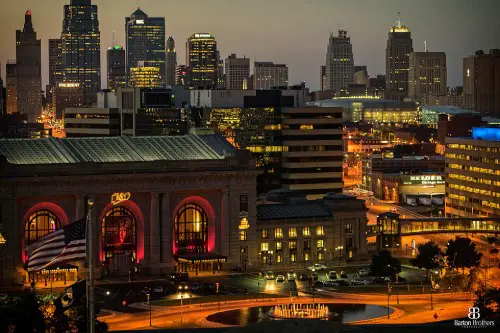
Kansas City offers big-city amenities with small-city prices. Median rent is still under $1,400, and vacancy rates remain relatively high. The city’s food scene, jazz heritage, and growing tech sector make it a compelling option. And you get more space for your dollar than almost anywhere else.
But KC is gaining traction with remote workers and young families. As demand rises, so do rents. It’s still affordable—but it’s trending upward. Now’s the time to lock something in.
2. Oklahoma City, Oklahoma
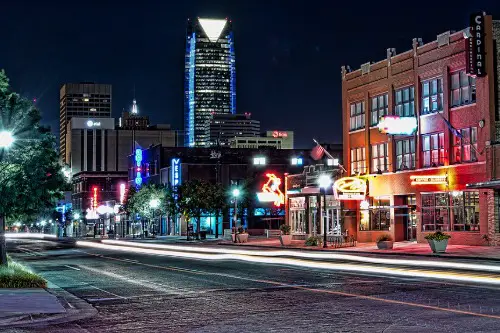
Oklahoma City consistently ranks as one of the most affordable major metros in the U.S. With over 60% of renters paying under $1,000 a month, it’s a rare pocket of relief in a pricey rental market. The city offers a growing job scene, a low cost of living, and plenty of space. It’s a place where you can still get a two-bedroom without sacrificing your savings.
But affordability is drawing attention—and new residents. As demand rises, so do prices, albeit slowly. Locals are already noticing more competition for rentals. So if you’re thinking about OKC, don’t wait too long.
3. Louisville, Kentucky
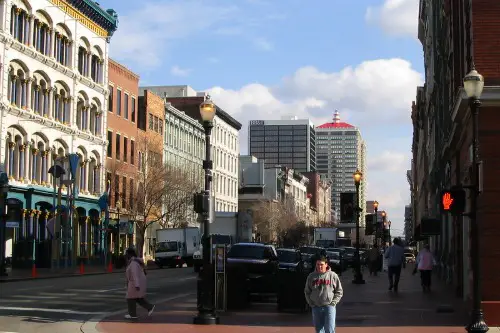
Louisville blends Southern charm with Midwestern affordability. Median rents remain well below the national average, and nearly 60% of renters pay under $1,000 a month. The city’s arts scene, bourbon culture, and walkable neighborhoods make it a hidden gem. And it hasn’t been overrun by remote workers—yet.
That said, prices are creeping up. As more people discover Louisville’s livability, landlords are adjusting. It’s still a deal—for now. But the window may be closing.
4. St. Louis, Missouri
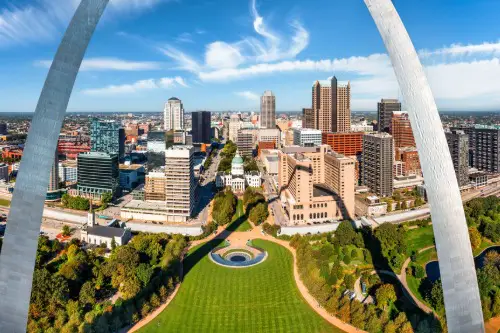
St. Louis has long flown under the radar, but it’s quietly one of the most budget-friendly cities in the country. Over half of renters pay less than $1,000 a month, and housing stock is plentiful. The city offers historic neighborhoods, a strong healthcare sector, and a surprisingly vibrant food scene. It’s a big city with small-town prices.
Still, affordability isn’t guaranteed forever. As other cities price people out, St. Louis is seeing a slow but steady influx. Renters are wise to lock in leases while they can. Because this secret won’t stay quiet much longer.
5. Buffalo, New York
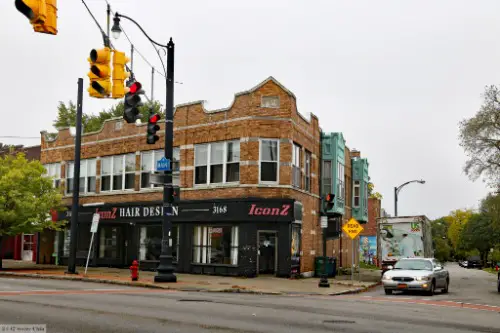
Buffalo offers a rare combo: Northeast location with Midwest pricing. Median rents are still under $1,200, and nearly 55% of renters pay less than $1,000. The city has seen a cultural revival in recent years, with new restaurants, breweries, and waterfront development. And yes, the winters are brutal—but the rent isn’t.
That said, Buffalo’s affordability is attracting attention. As remote workers look for cheaper bases, demand is ticking up. It’s still a deal compared to NYC—but the gap is narrowing. Now’s the time to get in before it heats up (figuratively, of course).
6. Indianapolis, Indiana
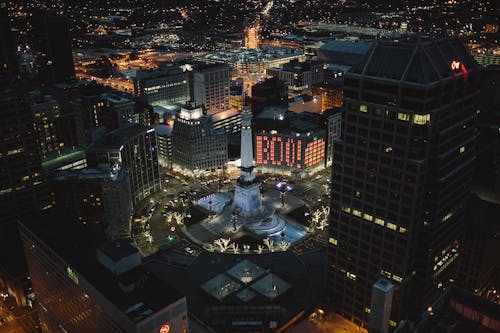
Indy is a classic example of a city that offers more than people expect. With median rents under $1,300 and a strong job market, it’s a solid choice for budget-conscious renters. The city’s downtown has seen major investment, and neighborhoods like Fountain Square are booming. It’s affordable, livable, and growing.
But growth comes with a price. Rents have risen nearly 10% in the past year alone. It’s still manageable—but the clock is ticking. Indy might not be a bargain much longer.
7. Memphis, Tennessee
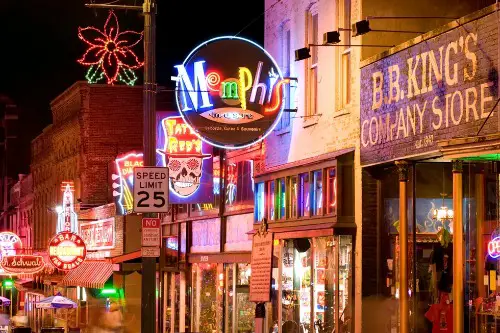
Memphis has long been one of the most affordable big cities in the South. Over half of renters still pay under $1,000 a month, and housing options are diverse. The city’s music legacy, food culture, and riverfront views make it more than just a budget pick. It’s got soul—and space.
But like other Southern cities, Memphis is seeing a wave of newcomers. Investors are buying up properties, and rents are inching upward. It’s still a deal—for now. But the rhythm is changing.
8. Detroit, Michigan
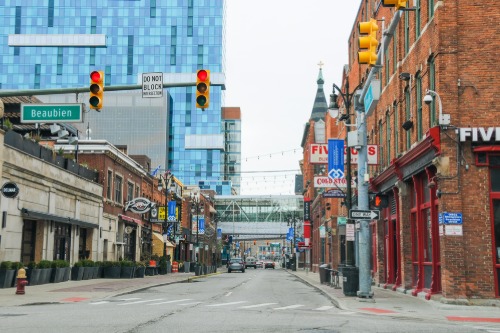
Detroit’s comeback story is still unfolding, but one thing’s clear: rent is still cheap. Median rents remain under $1,200, and nearly half of renters pay less than $1,000. The city’s creative energy, historic architecture, and entrepreneurial spirit are drawing new residents. And there’s room to grow—literally.
But affordability is fragile. As more people move in, gentrification is reshaping neighborhoods. Longtime residents are already feeling the squeeze. Detroit’s still a deal—but it’s not guaranteed.
9. Richmond, Virginia
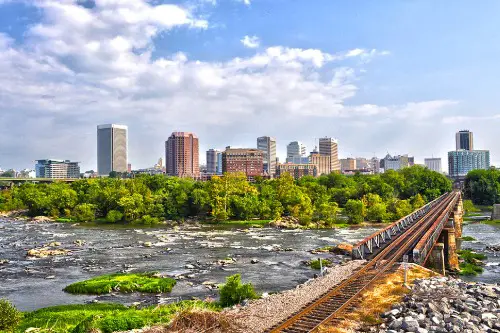
Richmond offers East Coast living without the East Coast price tag. Median rent hovers around $1,481, which is a steal compared to nearby D.C. or Baltimore. The city has a strong arts scene, historic charm, and a growing tech sector. Plus, tenant protections are stronger than in many other Southern cities.
But Richmond’s popularity is rising fast. New construction is helping, but demand is outpacing supply. Locals are already bracing for steeper hikes. It’s affordable—for now—but not for long.
10. Raleigh, North Carolina
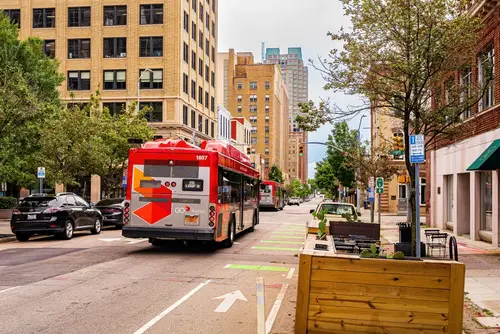
Raleigh is one of the few tech hubs where rent hasn’t exploded—yet. Median rent is around $1,486, and new construction is helping keep prices in check. The city’s quality of life, job market, and green spaces make it a magnet for young professionals. It’s a rare mix of opportunity and affordability.
But that balance is delicate. As more companies relocate to the Triangle, housing demand is surging. Renters are already seeing tighter markets. It’s still a sweet spot—but it won’t last forever.
11. Cleveland, Ohio
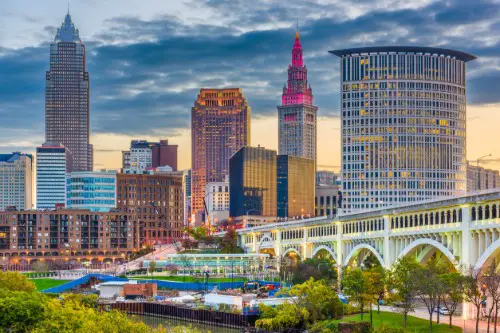
Cleveland has quietly become one of the most affordable cities in the Midwest. With over 60% of renters paying under $1,000, it’s a haven for budget-conscious residents. The city’s lakefront, cultural institutions, and medical sector offer more than people expect. And the rent leaves room for savings.
But Cleveland’s affordability is under pressure. Rents rose over 11% last year alone. It’s still a deal—but the window is narrowing. Locals know to act fast.
12. Birmingham, Alabama
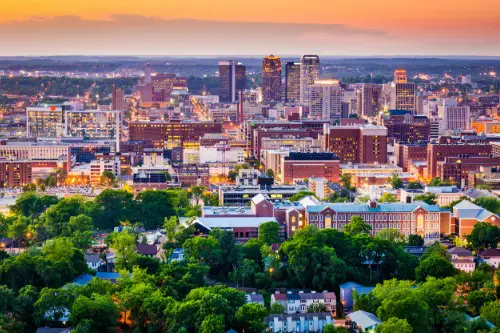
Birmingham offers Southern charm with surprisingly low rent. Median prices remain under $1,300, and nearly half of renters pay less than $1,000. The city’s revitalized downtown and growing healthcare industry are attracting new residents. And the cost of living is still comfortably below the national average.
But like other affordable cities, Birmingham is starting to feel the squeeze. New development is pushing prices up, especially in trendy neighborhoods. It’s still a good deal—for now. But it may not stay that way for long.
13. Las Vegas, Nevada
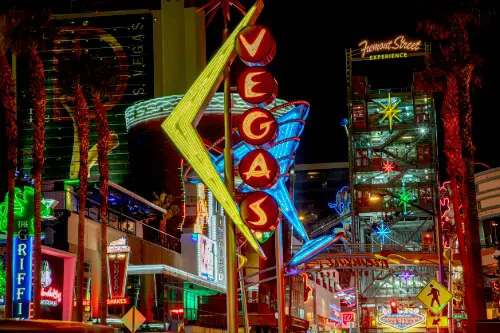
Vegas might not scream “affordable,” but its rental market is surprisingly reasonable. Median rent is around $1,457, thanks to a high vacancy rate and steady new construction. The city’s low taxes and warm weather make it attractive to retirees and remote workers alike. And there’s more to life here than the Strip.
Still, demand is rising fast. As more people flee high-cost states, Vegas is absorbing the overflow. It’s still a bargain compared to L.A.—but that gap is shrinking. Renters should act before the odds change.
14. Pittsburgh, Pennsylvania

Pittsburgh blends affordability with culture, tech, and history. Median rent is still under $1,400, and over half of renters pay less than $1,000. The city’s universities, medical centers, and startup scene make it a magnet for young talent. And the neighborhoods have real character.
But Pittsburgh’s secret is getting out. Rents are rising, especially in popular areas like Lawrenceville and Shadyside. It’s still affordable—for now. But the Steel City is heating up.
This post 14 American Cities Where Rent Is Still (Almost) Affordable—For Now was first published on American Charm.


